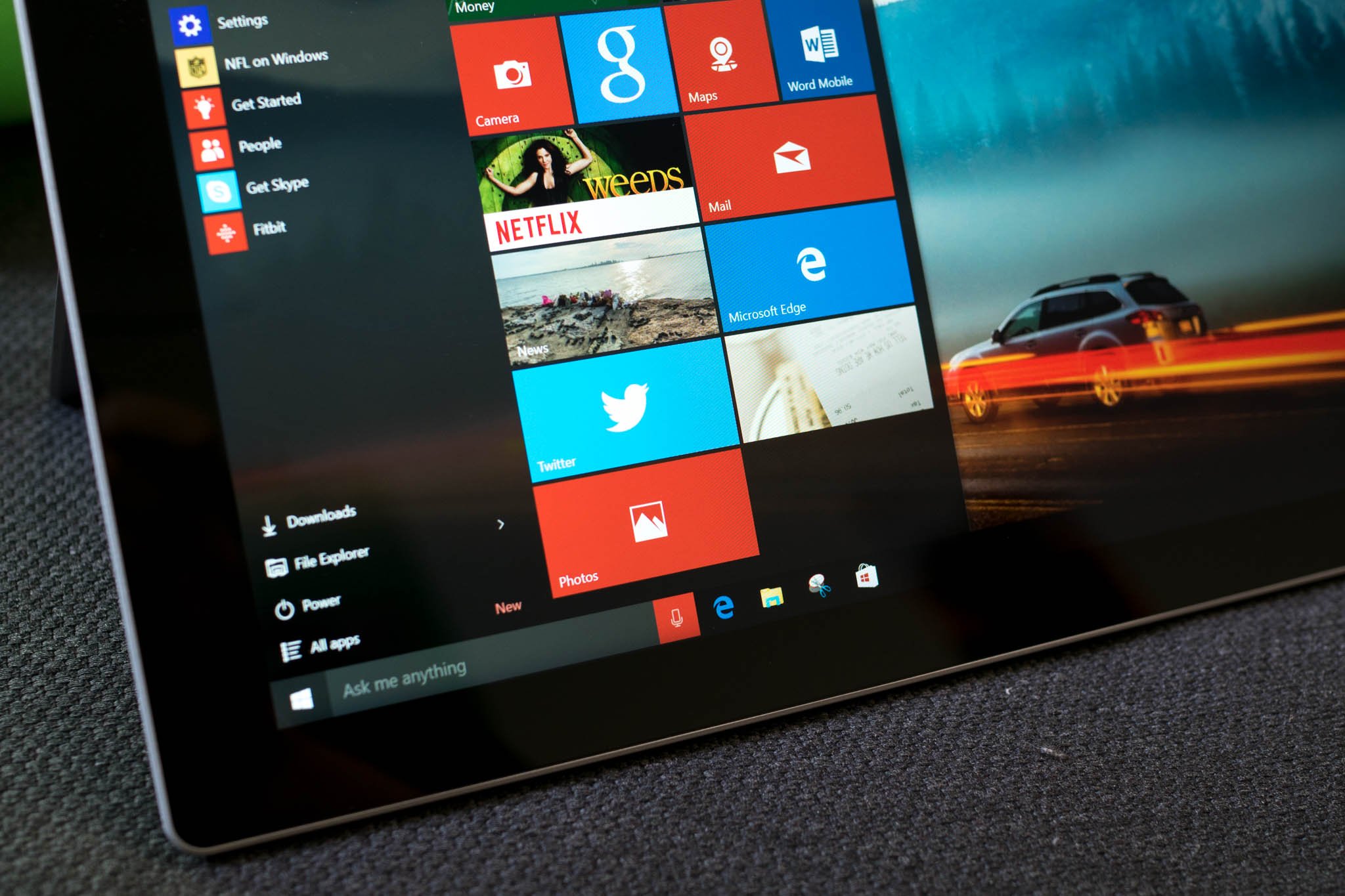Microsoft shows how to turn a desktop app to a Windows 10 UWP app

Microsoft has a new developer blog post where it breaks down how to turn a desktop app to a Windows 10 UWP app with the company's Desktop Bridge tools.
The highly technical post shows how the bridge tools can be used to change the code of a simple Windows Forms app. The first step is to convert the code and then enhance it in Visual Studio, before debugging it. Microsoft says:
With the conversion, a number of immediate platform benefits become available automatically, such as Start menu integration, clean install/update/uninstall, and distribution of the .appx package via your choice of distribution.
The next step is to add an app identity so it can access the UWP AFI files. This allows it to support Windows 10's Live Tile feature, among other things. Then the developer can extend the app to support more UWP components. Next. the UI code of the app has to be migrated and changes so it can support touchscreens. Finally, the final desktop parts of the code are changed over to the UWP-compliant ApplicationData API. This will allow the app to work on any Windows 10-based device, including a Windows 10 Mobile smartphone, the Xbox One and Microsoft HoloLens.
All the latest news, reviews, and guides for Windows and Xbox diehards.

John Callaham was a former contributor for Windows Central, covering Windows Phone, Surface, gaming, and more.
